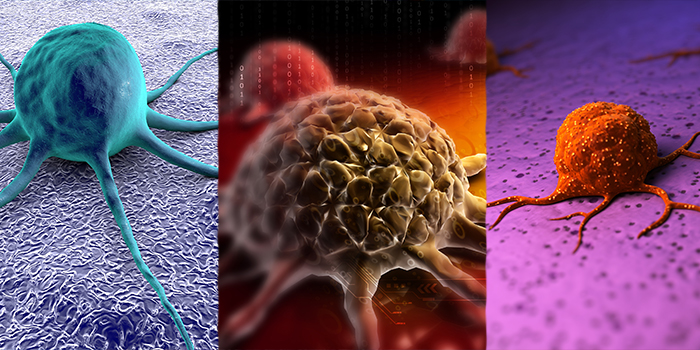You probably already know that mesothelioma comes in three subtypes. The subtypes are epithelioid, biphasic and sarcomatoid.
What you might not know is that each of those three subtypes comes with its own individual set of subtypes.
It turns out that knowing which sub-subtype of mesothelioma you have may be useful. This knowledge may help your doctor give you a more accurate prediction about your survival time.
Researchers from the University Hospital of Wales in Cardiff, United Kingdom, have discovered that you have the best chances for long survival if the mesothelioma cells inside you are of the epithelioid subtype and myxoid sub-subtype.
Mesothelioma Subtypes Indicate Different Survival Odds
The most common mesothelioma subtype is the epithelioid variety. It is the subtype that usually responds best to treatment. That’s why people with mesothelioma of this subtype tend to have the best survival odds.
There are six sub-subtypes of the epithelioid subtype. In addition to myxoid, they are microcystic, tubulopapillary, solid epithelioid, micropapillary and pleomorphic.
The least common mesothelioma subtype is the sarcomatoid variety. This one responds poorly to treatment. You shouldn’t be surprised to hear that people with the sarcomatoid subtype have the worst survival odds.
There are three sub-subtypes of the sarcomatoid subtype of mesothelioma. They are leiomyoid, desmoplastic and heterologous.
There’s technically a fourth sub-subtype. It’s basically any sarcomatoid cell that that’s not leiomyoid, desmoplastic or heterologous. Scientists formally classify it as “not otherwise specified” — basically, a “none of the above” category.
The third subtype of mesothelioma is a cross between the sarcomatoid and epithelioid varieties. It’s called biphasic.
The biphasic subtype is more common than the sarcomatoid subtype, but less common than the epithelioid variety. Also, it responds to treatment better than does the sarcomatoid subtype, but not as well as does the epithelioid subtype.
As a result, patients with the biphasic subtype of mesothelioma have survival odds that fall somewhere between those of epithelioid and sarcomatoid.
The biphasic subtype has two subtypes of its own. They are called “epithelioid component dominant” and “sarcomatoid component dominant.”
Mesothelioma Patients with Epithelioid Subtype Myxoid Have Best Survival Potential
The U.K. researchers said they wanted to see how mesothelioma survival predictions are affected when cell sub-subtypes are considered.
They gained the insights after by reviewing the records of 191 patients who had been treated for malignant pleural mesothelioma.
The diagnostic workups were very thorough. They allowed the researchers to determine which sub-subtype of mesothelioma each patient had.
The records also detailed the outcomes of treatment and how long each patient survived. This allowed the researchers to figure out how favorable a particular sub-subtype was in terms of survival potential.
The most favorable sub-subtype of all was the epithelioid subtype’s myxoid variety, the researchers discovered.
“[Sub-subtype] is an important histological factor that should be included in pathology reports to convey potential favorable prognostic subgroups of patients with mesothelioma,” the researchers wrote in the Journal of Clinical Pathology.
The title of their article is “Myxoid Variant Epithelioid Pleural Mesothelioma Defines a Favourable Prognosis Group: An Analysis of 191 Patients with Pleural Malignant Mesothelioma.”

